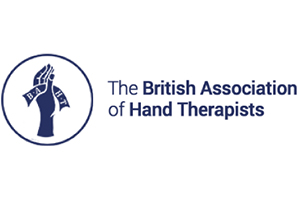The scapholunate (SL) ligament connects two of the small carpal bones together, the scaphoid and lunate. These are located near the center of the wrist. The SL ligament ensures the bones move in unison and the wrist has a smooth rotation. When it is torn, the bones separate in different directions, resulting in a painful loss of grip strength. This injury to the wrist is not uncommon and is often sustained by athletes.
Some symptoms of a tear to the scapholunate ligament in the wrist include:
• Pain in wrist on thumb side
• Swelling
• Bruising
• Weak grip
• Snapping or popping in wrist
SL ligament tears are usually caused by an accident. Falls or sudden weight-bearing activities on the wrist can result in a ligament tear, which separate the small bones within the inner wrist. It is also a common injury among athletes. Fractures frequently accompany the tear.
Carefully examination of the wrist by a board certified wrist specialist combined with various diagnostic imaging tests are needed to accurately diagnose this condition. Mr Mason will carefully examine the wrist and perform mobility tests to identify exact location of pain. An X-ray is usually recommended to check for bone fractures and an MRI may be necessary to check cartilage and tissue damage. It is important to get medical evaluation as soon as possible after injury to the wrist to ensure optimal recovery.
Non-surgical Treatment Options
• Splint or cast for several weeks
• Anti-inflammatory medication, such as ibuprofen
Surgical Treatment Options
Surgery for SL tears is often done arthroscopically using small incisions to repair the torn ligament. The torn ligament may be debrided, which is a process of cleaning the ligament of damaged tissue so the healthy tissue can grow and heal more efficiently. In severe SL tears, the ligament is repaired by sutures that are anchored into the bone. In some cases, the bones may need to be realigned and pins inserted to hold the scaphoid and lunate in place so they do not pull the healing ligament apart. Surgery requires several weeks in a cast or splint and therapy may be necessary to ensure proper function returns to the wrist.




